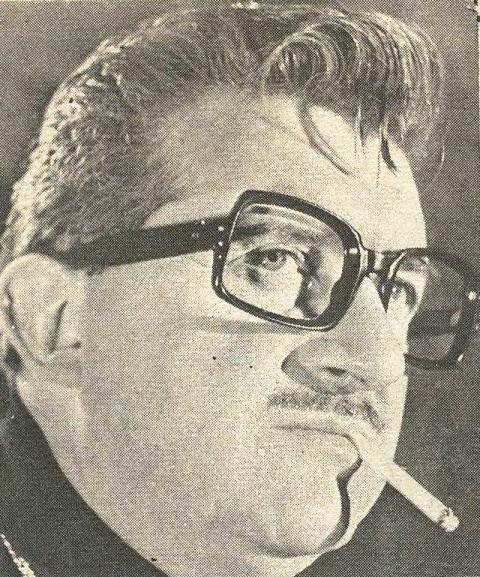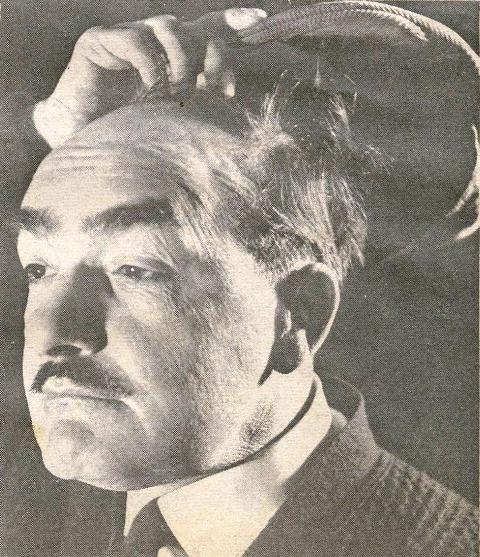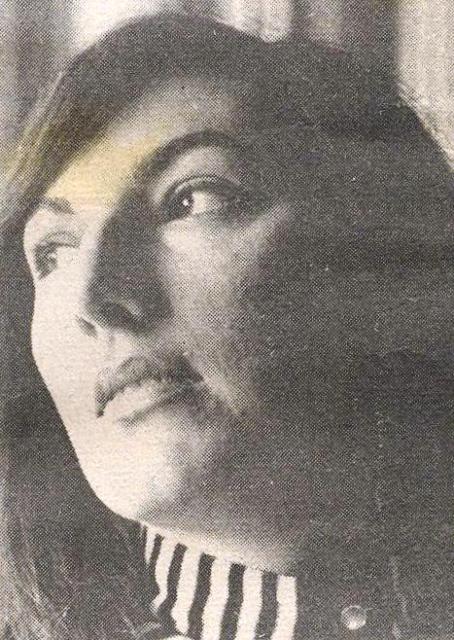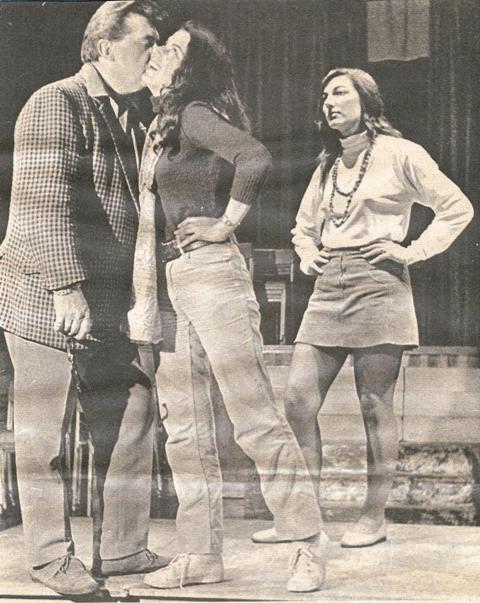The Bench Production
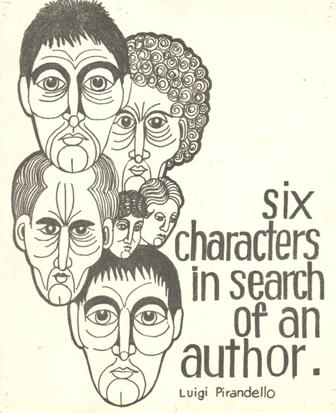
Bench Theatre's original name was 'Theatre Union' and was later changed to reflect the name of the theatre in West Street where most of their productions were staged. This play was performed under the original Theatre Union name at Havant Grammar School (now known as Havant College). It was staged in the round, with audience on 3 sides of the stage and no lavish set.
Cast
| The Producer | Ray Osborne |
| The Leading Lady | Maureen Burness |
| The Leading Man | Barry Reilly |
| The Second Actress | Pamela Smith |
| The Third Actress | Trina Hogg |
| The Ingenue | Francoise Cullet |
| The Juvenile Lead | Clive Wilson |
| The Stage Manager | Nic Dawson |
| The Second Actor | Tim Mahoney |
| The Prompter | Roland Goodbody |
| The Property Man | David Spackman |
| The Father | Derek Cusdin |
| The Mother | Eileen Baatz |
| The Stepdaughter | Jane Henderson |
| The Son | John Cohen |
| The Boy | David Gatfield |
| The Little Girl | Melanie Burness |
| Madam Pace | Gabrielle Finken |
Crew
| Director | Keith Milner |
| Producer | Keith Milner |
| Stage Crew | Nic Dawson Reg Emery Andy Sleigh Simon Bull Jeff Colville |
Notes
This play was the first produced by Havant's 'Theatre Union'; a newly-formed group of enthusiasts with a passion for high-quality theatre. Producer/Director, Keith Milner's thoughts on both the inaugural production and the company's vision as a whole were recorded in an interview he gave to a reporter from The News in the week preceding those first performances. He vowed to handle only challenging material and not "pander to the box office" - an unusually bold policy for a company just getting off the ground. In addition the group itself was refreshingly democratic with Milner declaring he "did not believe" in the star system. He also declared himself to be in the happy situation of sorting out some "tremendous competition" for parts.
Reviews
The NewsM.A.
Havant cast fulfils all expectations
The realism of much of "Six Characters in Search of an Author" at Havant last night was so great that THE NEWS was read on stage...
Pirandello's play is the first major production of Theatre Union. In the interval, which constitutes the rehearsal of a rather second-rate theatrical company, the actors stay on stage chatting, drinking coffee, and reading the papers. This sort of realism must have been an easy enough achievement for director Keith Milner. So must the almost frightening contrast in the entrances of the "six characters" and of Madam Pace. The great achievement of the production is its success in contrasting not only the naturalism of the stage company with the stylisation of the "characters", but also the unreal illusory world of the company with the brutal reality of the characters' world.
Death comes as the climax of a subtly mounting insistence on this reality, and the final gun-shot leaves the superficiality of the stage company stripped to the bone. Most thoroughly shattered of all is the company's producer, played by Ray Osborne. He catches every nuance of this rather likeable, rather stupid, ineffectual bully. He is that rare thing - an actor who can play the actor.
Special mentions must go to Derek Cusdin, in the abominably difficult part of the father, and to Eileen Baatz, who makes every broken sob speak. And above all Jane Henderson, Mrs Baatz's daughter in life as on stage, belied her 15 years with a show of huge poise and maturity. She aims to become a professional actress. She has the subtlety, the power, and the range to take her a long way. But in this sort of production honour should be shared equally among the cast and all the back-room brigade. Havant has long been expecting great things of Theatre Union - and at last Theatre Union is supplying great things. There are further performances at Havant Grammar School tonight and on Saturday.
The News, 21st May 1970
